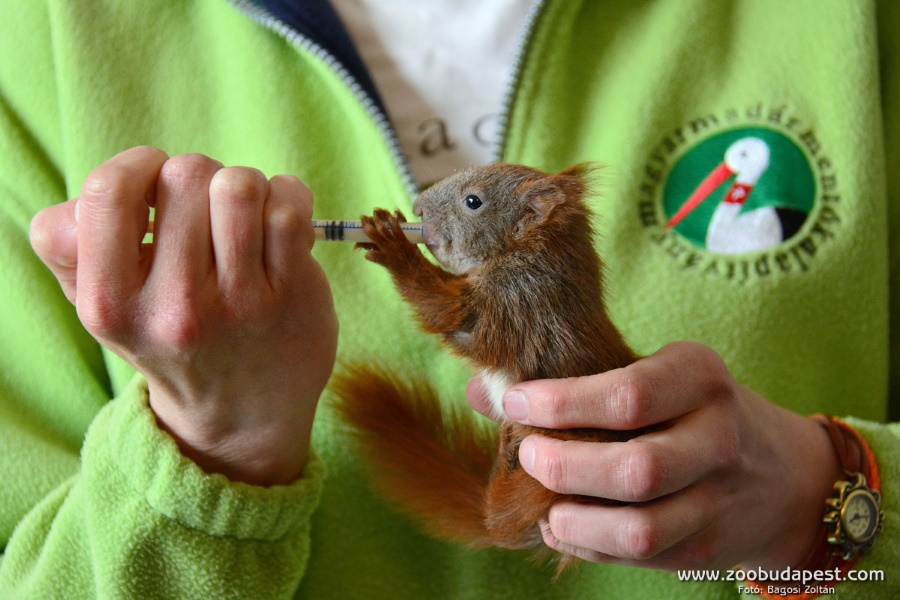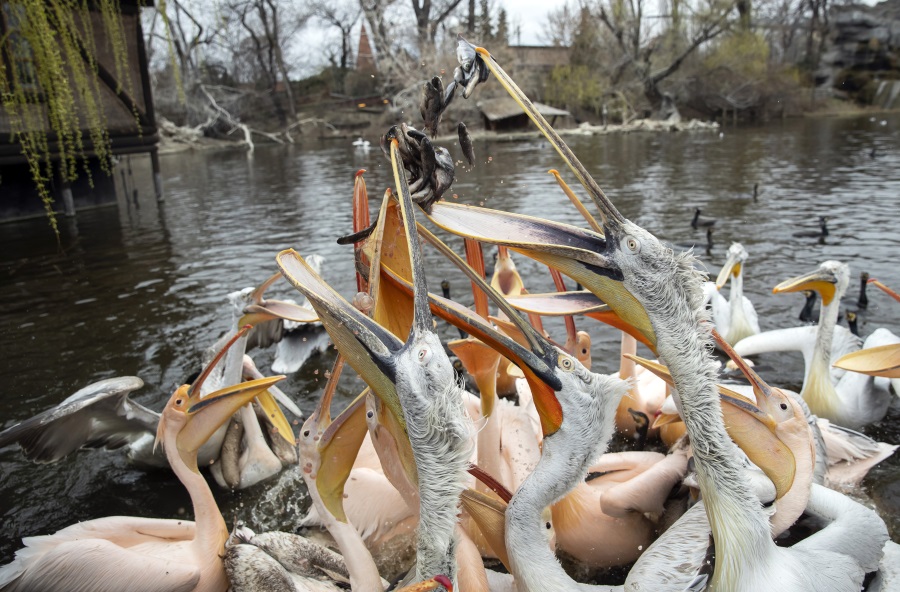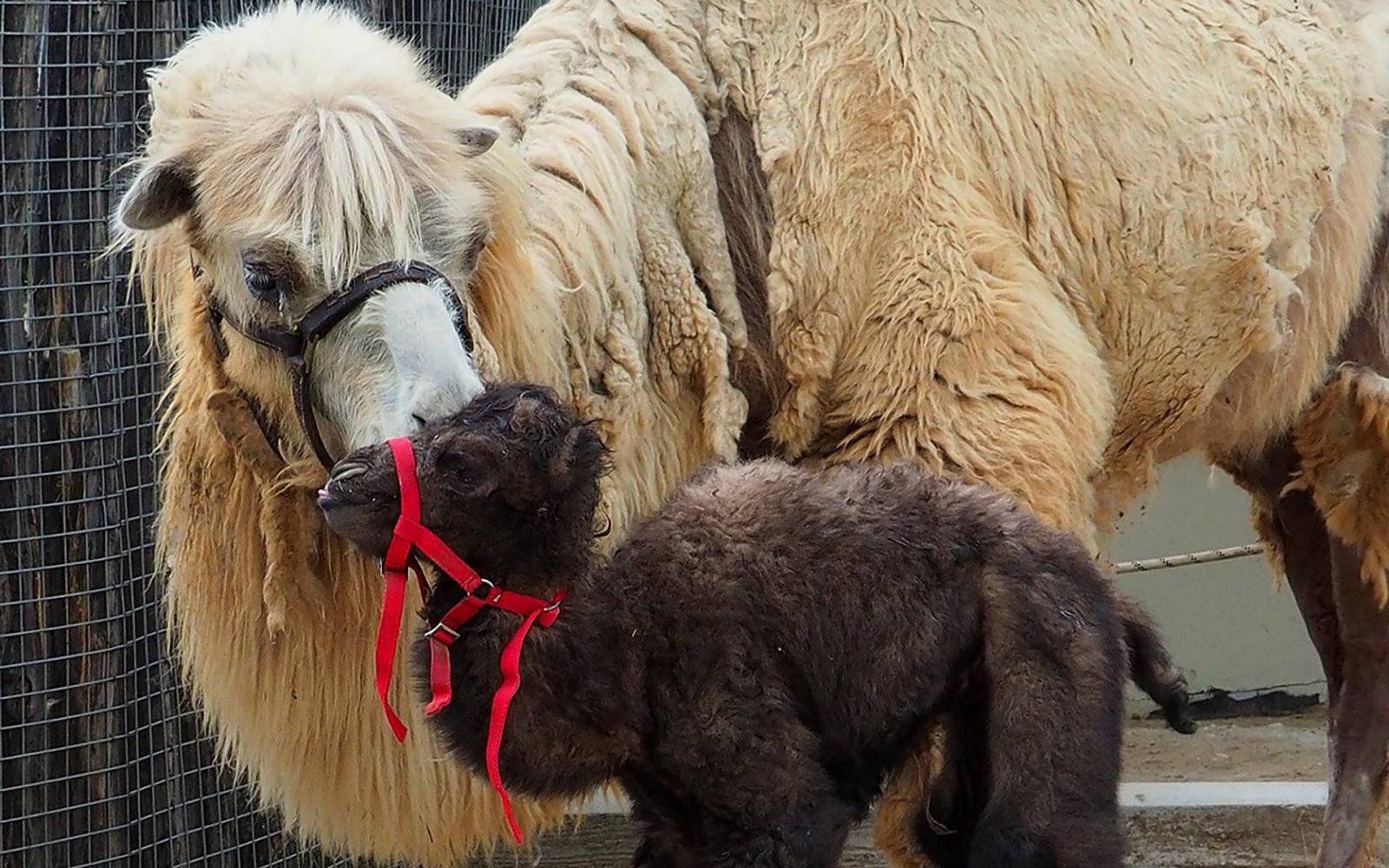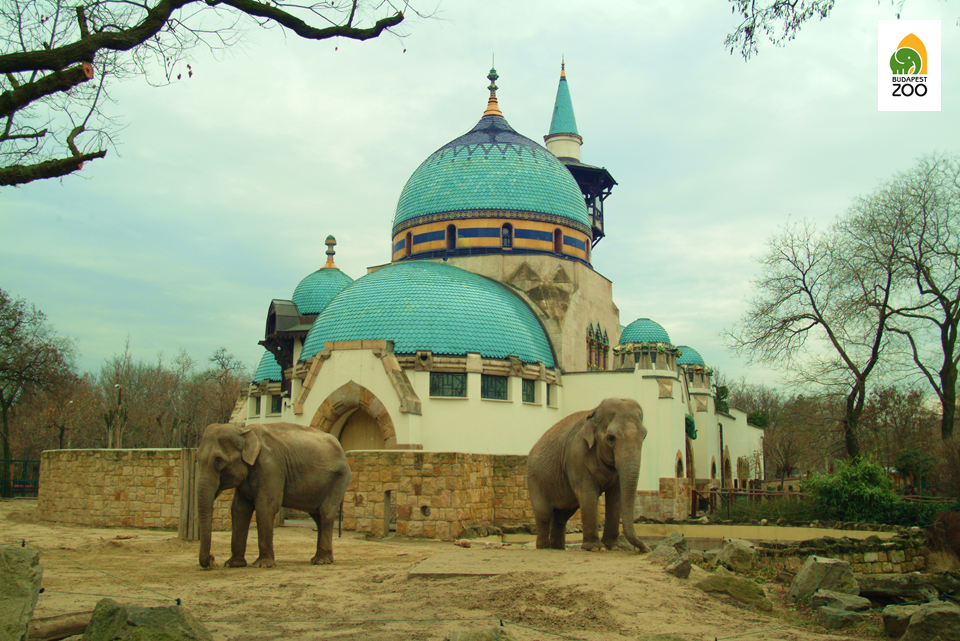Insider’s Guide: Budapest Zoo – Take a Walk on the Wild Side
- 21 Aug 2023 8:12 AM

What is Budapest Zoo?
Dating back to 1866, this popular institution beside City Park owes its current look to a complete makeover in the early 1900s. The authorities had some of the finest architects of the day design the major animal houses in Art Nouveau style, while theming each building according to its purpose.
Budapest Zoo is therefore both an enjoyable day out for the family, with feeding times clearly posted, as well as an architectural curiosity, making it unique among its counterparts elsewhere in Europe.

Top tips for Budapest Zoo
Of the many attractions around the Zoo, the Palm House is the most exotic, a tropical paradise that doubles up as a warm escape in winter. Built in 1912 to house tropical plants, since a complete revamp in 2000, it now co-hosts fauna from the Americas, armadillos, sloths and, in a side wing, a mean-looking Mississippi alligator. Birds and monkeys also figure strongly.
It feels like a world away from the one you stepped into when you entered the zoo – to accentuate the fact, immediately below is the Aquarium, also filled with creatures from the New World. Look out for the electric eel and the piranhas, not ones to mess about at feeding time.

Why was Budapest Zoo created?
Originally, Budapest Zoo mainly housed wildlife from Hungary and the region, its founders creating the institution out of a sense of patriotic duty. Soon it was also welcoming animals from Africa and Asia. After a bizarre interlude when the zoo also hosted circus entertainers, and once the crowds attending the 1896 Hungarian millennial celebrations at nearby City Park had thinned out, it was forced to rethink.
Its purchase by the City of Budapest in the early 1900s was a godsend, as this allowed the new owners not only to rebuild but to rebuild in an extraordinary way, allowing renowned Art Nouveau architects such as Károly Kós to create exotic enclosures such as the India House, Australia House and Madagascar House.
A sensitive redevelopment in the early 2000s harked back to this golden age, and saw the faithful recreations of his Buffalo House, Giraffe House and Crocodile House, all knocked down or destroyed in the 1930s and 1940s.

When was Budapest Zoo created?
It was as long ago as the 1830s that the idea of a zoo in Budapest was first discussed, though any further developments were curtailed when revolution broke out in 1848. Once the after-effects of the subsequent war of independence had died down and Hungary regained its standing, patriotic founding fathers inaugurated Budapest Zoo on 9 August 1866.
This first iteration of the zoo lasted until 1907, when the City took it over, and it reopened in 1912 after a three-year reconstruction.

Where in Budapest is Budapest Zoo?
The zoo is located beside City Park, diagonally opposite the Széchenyi Baths, alongside the Municipal Circus. Nearby is famed restaurant Gundel. The road the zoo stands on, Állatkerti körút, is named after it, as is the stop on the 72 trolleybus route. The nearest metro stop, Széchenyi fürdő, serving the baths of the same name, is just the other side of the spa.

What else should I know about Budapest Zoo?
The latest attraction at Budapest Zoo is Magic Mountain, a four-level, 16-space feature established with within the Big Cliff built in 1912. Its aim is to show the diversity of the living world, how it has developed over time, and its relationship with man. Live shows and interactive exhibits bring the displays to life.

Why visit Budapest Zoo?
As well as a perfect option if you’re here with the family, perhaps combined with a picnic in City Park or joint admission with the Széchenyi Baths over the road, Budapest Zoo has tried to embrace a modern approach to the keeping, protection and rearing of animals.
It takes its educational mission seriously, and engages the public in special open days such as Night of Zoos in late August.
As the attraction is officially named 'Budapest Zoo & Botanical Garden', you can also wander among ancient trees there, such as an old sycamore and a Canadian poplar planted in 1911.
Outdoor plants can be found in the Japanese garden and the rock garden nicely renovated with EU funds a few years ago.

Words by Peterjon Cresswell for Xpatloop.com
Peterjon has been researching the byways of Budapest for 30 years, extending his expertise across Europe to produce guidebooks for Time Out and his own website liberoguide.com



























LATEST NEWS IN getting around